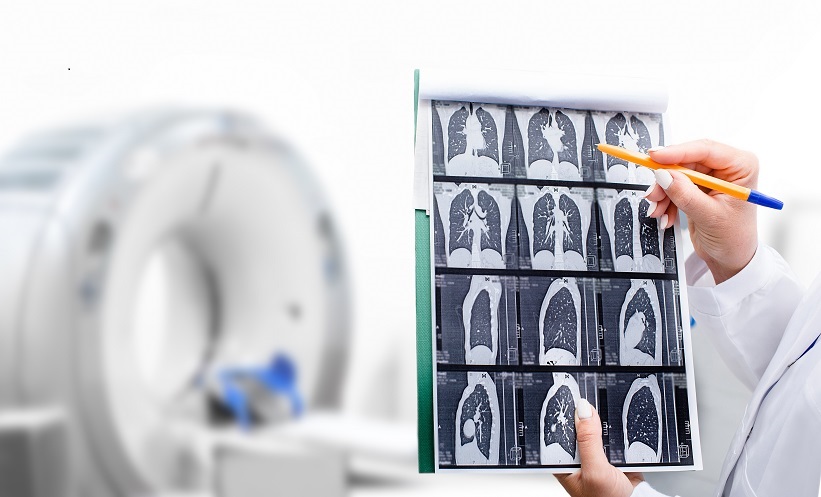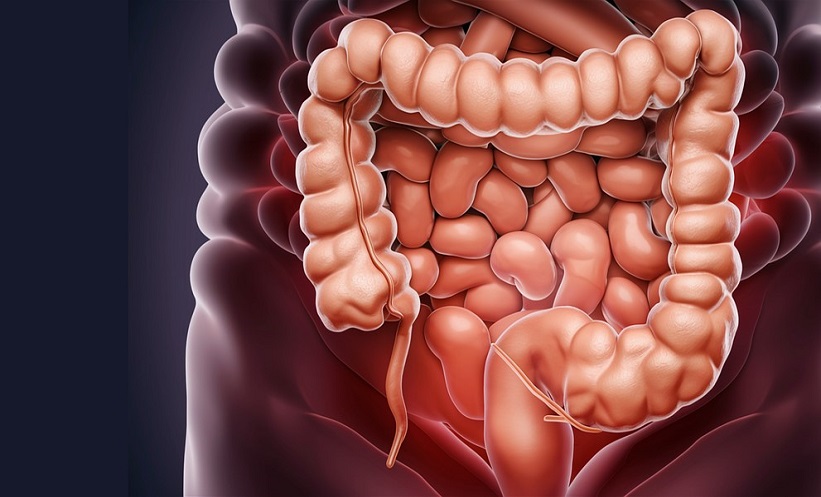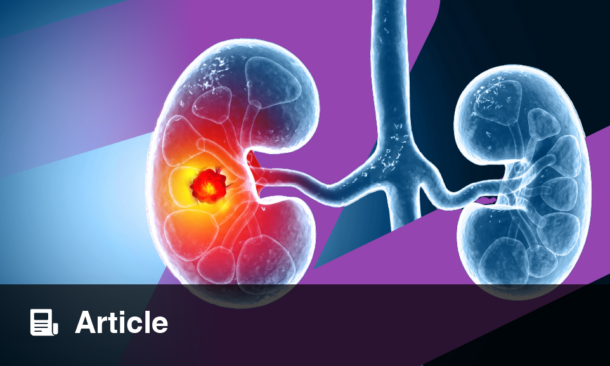PREOPERATIVE chest CT markers of myosteatosis, specifically reduced skeletal muscle density (SMD) and increased intermuscular adipose tissue (IMAT), are associated with worse overall survival (OS) in patients undergoing resection for early-stage non–small cell lung cancer (NSCLC), independent of other body composition measures.
Lung cancer remains a leading cause of cancer-related mortality worldwide, with early-stage NSCLC often treated surgically. However, survival outcomes vary, and identifying preoperative prognostic factors is crucial for risk stratification. Myosteatosis, characterised by fatty infiltration into muscle, has been linked to poor outcomes in various cancers, but its role in early-stage NSCLC remains underexplored. This study aimed to evaluate whether preoperative myosteatosis markers, assessed via chest CT, are associated with and predictive of OS in patients undergoing resection for stage 0–IIB NSCLC.
This retrospective cohort study analysed 838 patients (median age 68 years; 56.7% female) who underwent lobectomy or bilobectomy for stage 0–IIB NSCLC between 2014 and 2017. SMD and IMAT were measured at the 12th thoracic vertebral level using semiautomated CT segmentation. Cox proportional hazards models, adjusted for skeletal muscle index, subcutaneous adipose tissue (SAT) index, SAT density, and confounders, assessed associations with OS. Over a median follow-up of 5.3 years, 219 deaths occurred. Reduced SMD (adjusted hazard ratio [HR]: 0.87; 95% CI: 0.80, 0.93; P<0.001) and increased IMAT index (adjusted HR: 1.24; 95% CI: 1.12, 1.37; P<0.001) were independently associated with worse OS. No significant associations were found for skeletal muscle index, SAT index, or SAT density. Including myosteatosis markers improved OS prediction, with concordance increasing from 0.723 (95% CI: 0.686, 0.753) to 0.731 (95% CI: 0.692, 0.762).
These findings highlight the prognostic value of myosteatosis markers in early-stage NSCLC, suggesting their potential integration into preoperative risk assessment. Future research should explore interventions targeting myosteatosis, such as nutritional or exercise therapies, to improve surgical outcomes. Clinically, incorporating CT-based myosteatosis assessment into routine preoperative evaluations could enhance patient stratification and inform personalised treatment strategies, ultimately improving survival in this population.
Katheeja Imani, EMJ
Reference
Mantz L et al. Preoperative chest ct myosteatosis indicates worse postoperative survival in stage 0–iib non–small cell lung cancer. Radiology. 2025;314(2):e240282.








